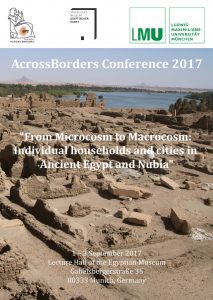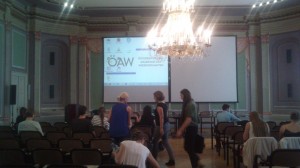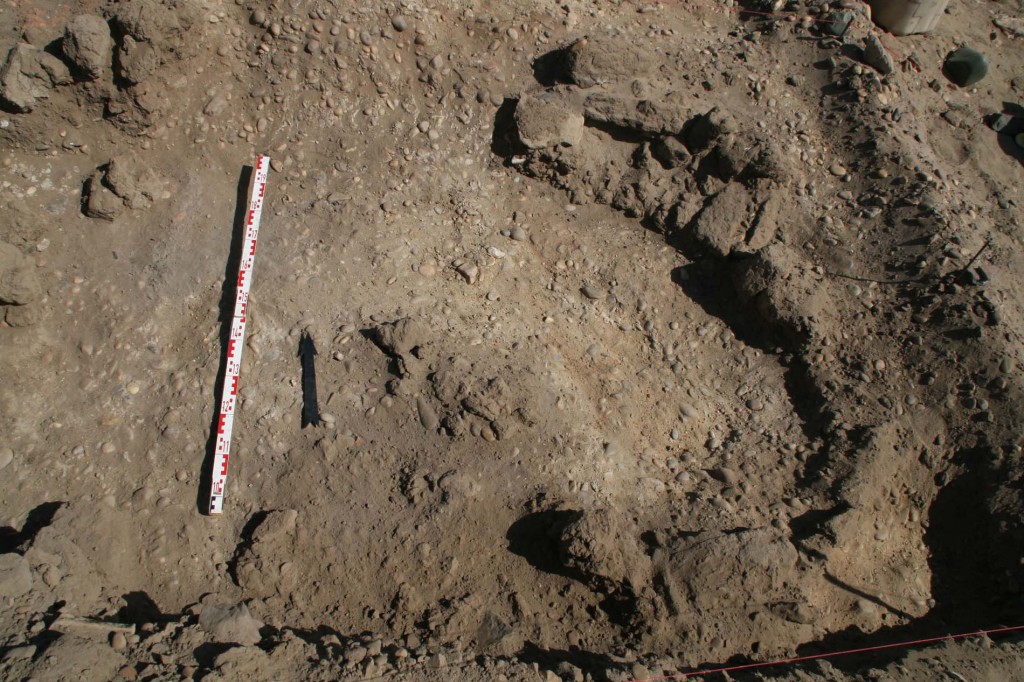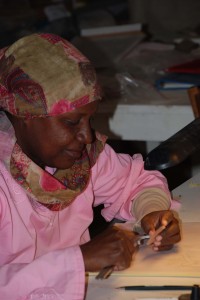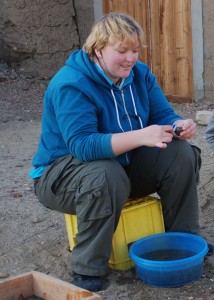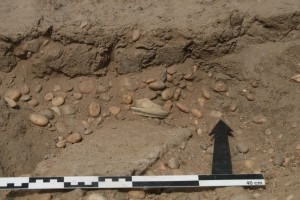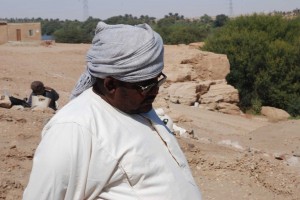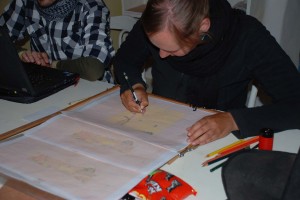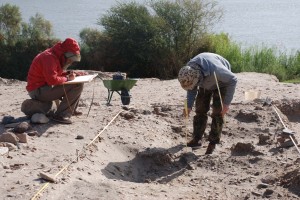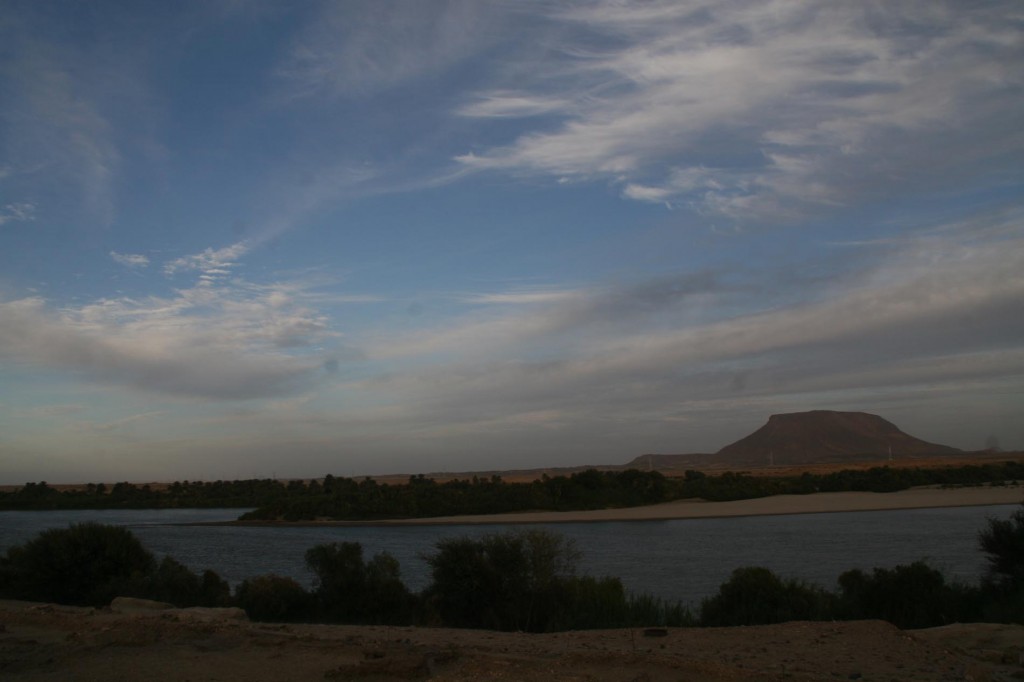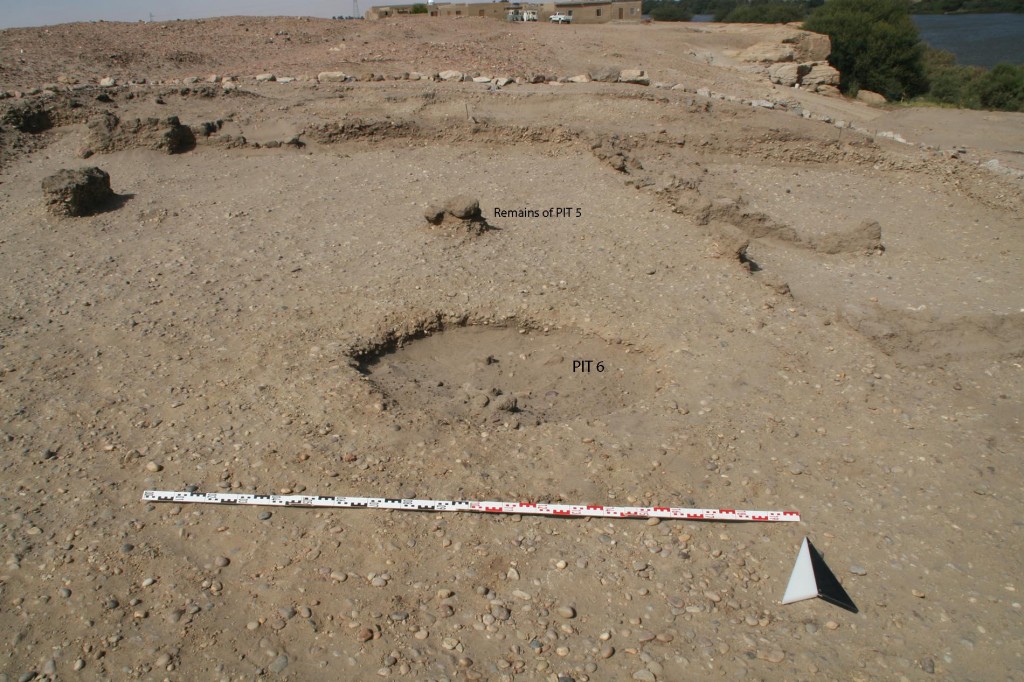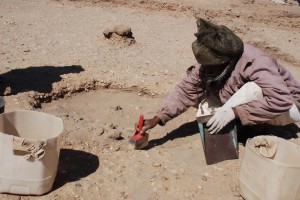After 10 weeks in Sudan, it feels very strange to get ready for leaving in a few days! Today I had to pack everything up at the Museum and to say goodbye to all of the kind and helpful colleagues of NCAM and the French Unit.
Having spent the last days with preparing the lecture and writing the report, many new ideas and thoughts have crossed my mind and I am very eager to continue the post-excavation processing of SAV1 East! We really made some significant discoveries this season – for now, I will just give a brief overview focusing on the most important results.
The key discovery at the new excavation site SAV1E and the highlight of the 2013 season on Sai Island was of course the confirmation of the geophysical survey picture: we were able to trace the eastern part of a very large rectangular mud brick structure (North-South extension of 16.3 + x m; East-West 10 + x m) which we labelled Building A.
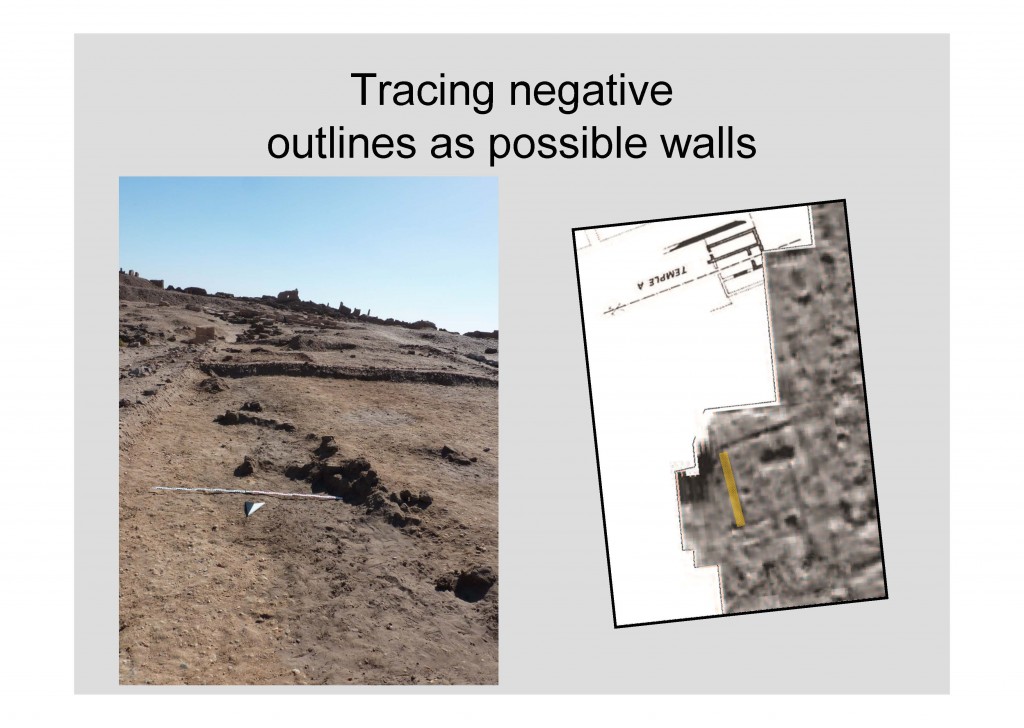
Most of the bricks from its walls have been taken out and are now just “phantom walls” represented by a sandy pit, but we found large sections of the foundation trench and also an area with a floor coating towards the North. Associated finds and especially potteryallowed us to date Building A to the mid 18th Dynasty (see below). Its western part still remains to be excavated – the prime task for next season!
All in all, the new fieldwork conducted in 2013 at SAV1E adds important aspects to the understanding of the development and history of the Pharaonic Town of Sai Island:
(1) The earliest remains at SAV1E are dating to the early 18th Dynasty; there is nothing of the Kerma period prior to the New Kingdom. The area can therefore be safely interpreted as part of the newly founded Egyptian town. The Kerma ceramics we found are clearly originating from early New Kingdom contexts as in SAV1 North.
(2) The southern part of SAV1E with remains like the storage bin (feature 14) can be linked with the domestic zone excavated around Temple A by M. Azim – this area is characterized by small structures with single-brick walls and storage facilities. It is an early occupation phase comparable to Level 4 at SAV1N and clearly of pre-Thutmose III date. The in situ vessels of storage bin 14 give a more precise dating as early 18th Dynasty, possibly Ahmose-Thutmose I.
(3) The northern part of SAV1E yielded so-called Building A – a not yet fully exposed mud brick structure with an orthogonal layout and most importantly with striking parallels to the so-called residence SAF2 in the Southern part of the Pharaonic Town. We really cannot wait to excavate the western part of Building A in order to confirm this hypothesis! As we have been fortunate to discover pottery in the foundation trench, we have a good dating indication of the building date of Building A: the pot sherds give us a terminus ante quem non for the setting of the foundations and this is the time of Thutmose III! This all suggests that Building A belongs to the major remodelling of the New Kingdom Town of Sai during the reign of this king. The newly discovered structure does also fit nicely into the grid-pattern of the Southern part of the town with roughly north-south and east-west aligned streets and it is most likely contemporaneous with Temple A and the mud brick enclosure wall.
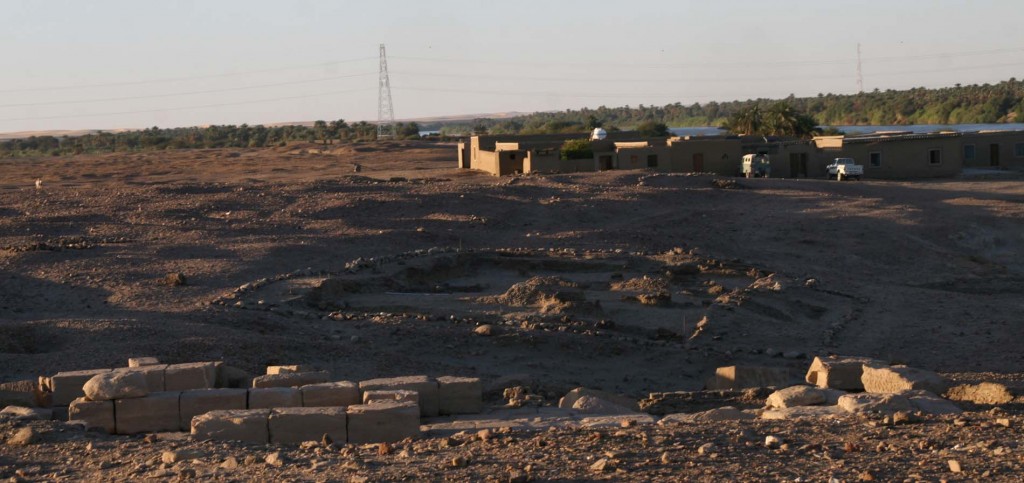
View above Temple A to SAV1E at the end of fieldwork in 2013
Summing up, the first field season of AcrossBorders in 2013 was very successful and will allow us making very specific plans for the upcoming seasons!

